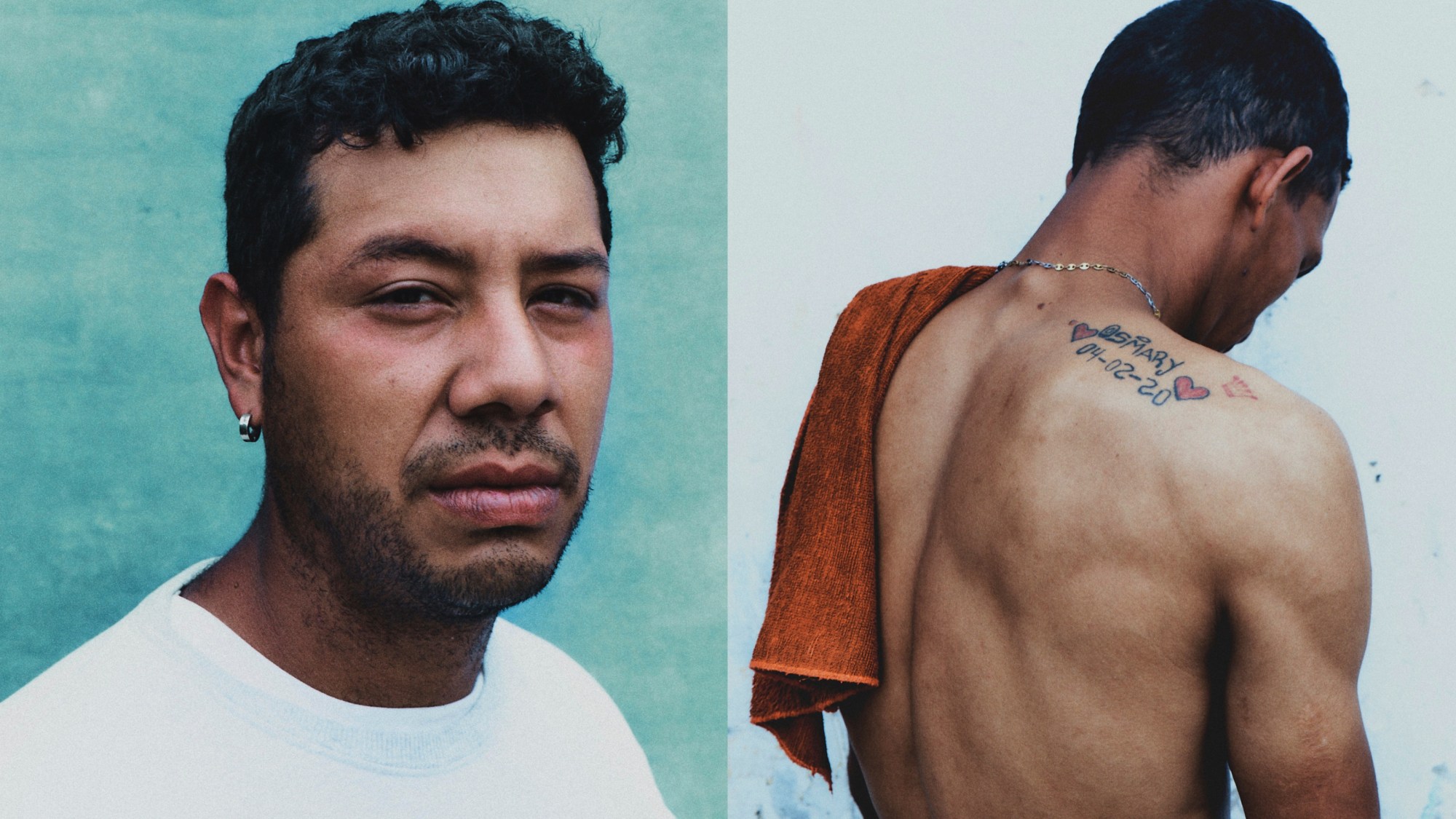A letter sent home confirming one is okay can look like a lot of things: money, a murky puddle of soap and dirt, the sweat of a hard day at work, the banter of a colleague. When it comes to the working conditions of Venezuelans across the world displaced from their country, there’s no sugarcoating the severity of the situation. As of March 2023, 7.24 million have left or been forced out of the country to settle elsewhere due to political repression and an ever-widening gap of income inequality that belies hyperinflation and more than half the population living in poverty, with the minimum wage averaging $5 a month. Many have had a difficult time adjusting, facing prejudice and taking any job they could get.
Much has been reported about the cruelty and widespread nature of this migrant crisis, and it’s very easy for this story to be one of tragedy. While it is one, it’s also a story of resilience and reinvention, of new communities of strangers forming and surviving together in a foreign place, fighting for a better life and staying optimistic in the face of uncertainty. One such community of Venezuelan migrants came together working at a carwash in San Martin De Porres, a neighbourhood in the Peruvian capital of Lima, and were photographed by Diego Bendezu. A young photographer from the southern Peruvian city of Ica who migrated to New York in 2006, Diego turned his lens toward Lima’s Venezuelan immigrant community in a touching photo series entitled Dear Lima.
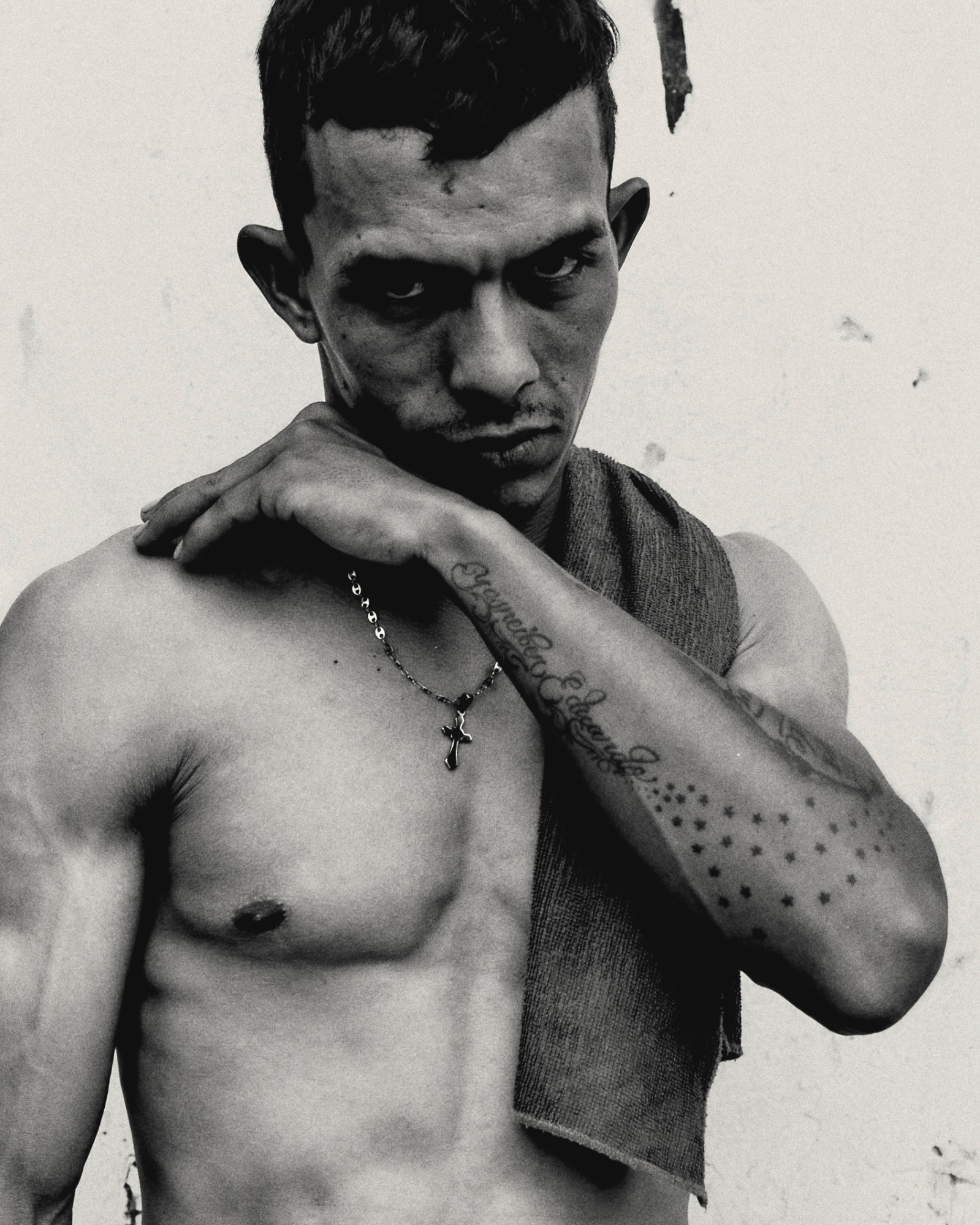
In this project, Diego captures Venezuelan carwash workers he got to know by visiting the carwash with his father on subsequent visits to Lima. Their stories struck a chord with him; no stranger to that isolated migratory experience, Diego had been living undocumented for seven years in New York before being able to return to Peru. The series, a mixture of portraiture and detail shots of hands and cars shot on film in black-and-white and colour, captures resilience, work ethic and the hope for a better life amidst gnarled water hoses and soap foam on concrete.
“I think it was a bonding experience that reassured the principles I’ve had since moving away from home with just my mom and sister: family first,” Diego says. “These guys are the definition of sacrifice and hope. They’ve left it all behind to provide for their families abroad, and they’re able to see some kind of light at the end of the tunnel, regardless of their limitations — because within their means, they’re able to overlook the negative and seek optimism.”
We spoke with Diego about getting to know the carwash, immigrant resilience and the extraordinary Venezuelan men he captures in Dear Lima.
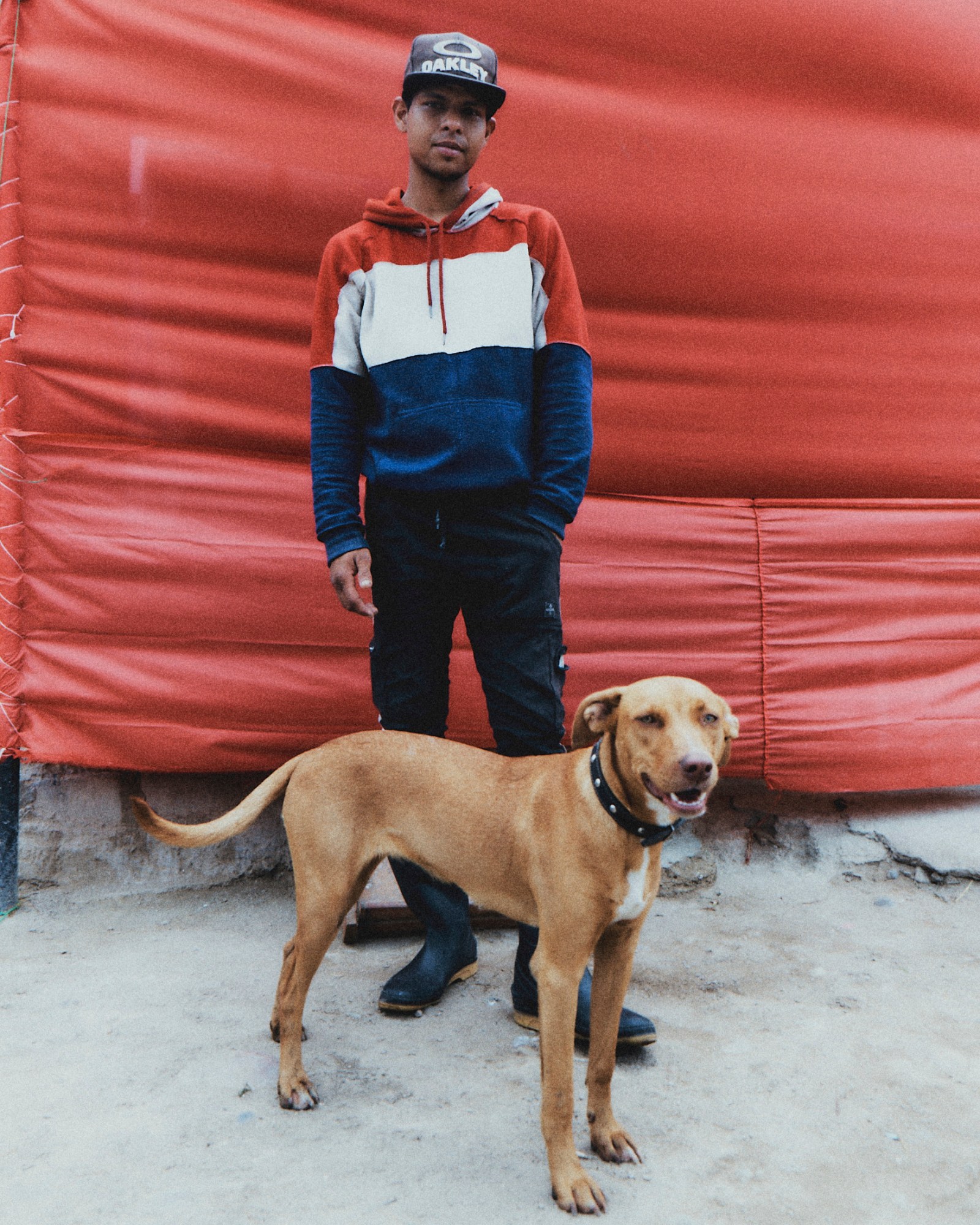
When did you first stumble upon the carwash in San Martin De Porres?
In April 2022, and I’d heard about it during phone calls with my dad years prior — somehow, we would always call each other when he was going or coming back from washing the car. [He always had] fun memories of his time there. He’s been a recurring customer the last two or three years, and whenever I visited I made sure to tag along. The idea [for this project] came to me in October or November of last year, when I knew I would be traveling to Peru in December for over a month.
How did you go about befriending the Venezuelans, and then getting permission to photograph their day-to-day?
I’m lucky my dad has known them for a few years and after introducing me in 2022, they remembered me. I ultimately asked permission from the Peruvian owner, Jonathan Sosa, to allow me to carry out the project and he agreed. The series was photographed in one day. I visited two times prior, as I wanted to explain the purpose of the project. I needed to make sure they understood my intentions were to tell their stories and that I admired their hard work. I also assured them I would execute the project in one day as I didn’t want to take any work time away from them. I offered to compensate them for their time as a thank you.

How did you get into photography? Why choose portraiture — and contrast it with movement — to tell this particular story? How did the setting of the carwash help you juxtapose the story of a tumultuous migration from Venezuela?
I got into photo/video when my parents moved to the US in the early 00s and gifted me a small camcorder. They were typically gone for months and would ask me to record my day-to-day, so that I can keep them in the loop of what I was up to (we had no video calling back then, so I would fill up tapes and get them converted to VHS). I was beyond lucky to have the most loving grandparents who kept my days so busy I would forget to record. Once I turned 17, I was accepted to FIT’s photo program in New York and went on to graduate in 2015.
I wanted the portraits to feel as real as possible, in hopes that whoever sees them feels they’ve gotten to know the guys the way I have. I also wanted to incorporate details of the carwash, as I believe they tell as much of the environment as the guys’ hard work. The frozen movements provide a peek at their sacrifice, and they are likely unseen and unappreciated moments in time that perhaps they themselves take for granted (but I found to be beautiful). I think the carwash helps contrast the story by providing a space where people come and search for something new — in this case washing their cars and receiving a fresh start). Much like our guys in their search for a better life.
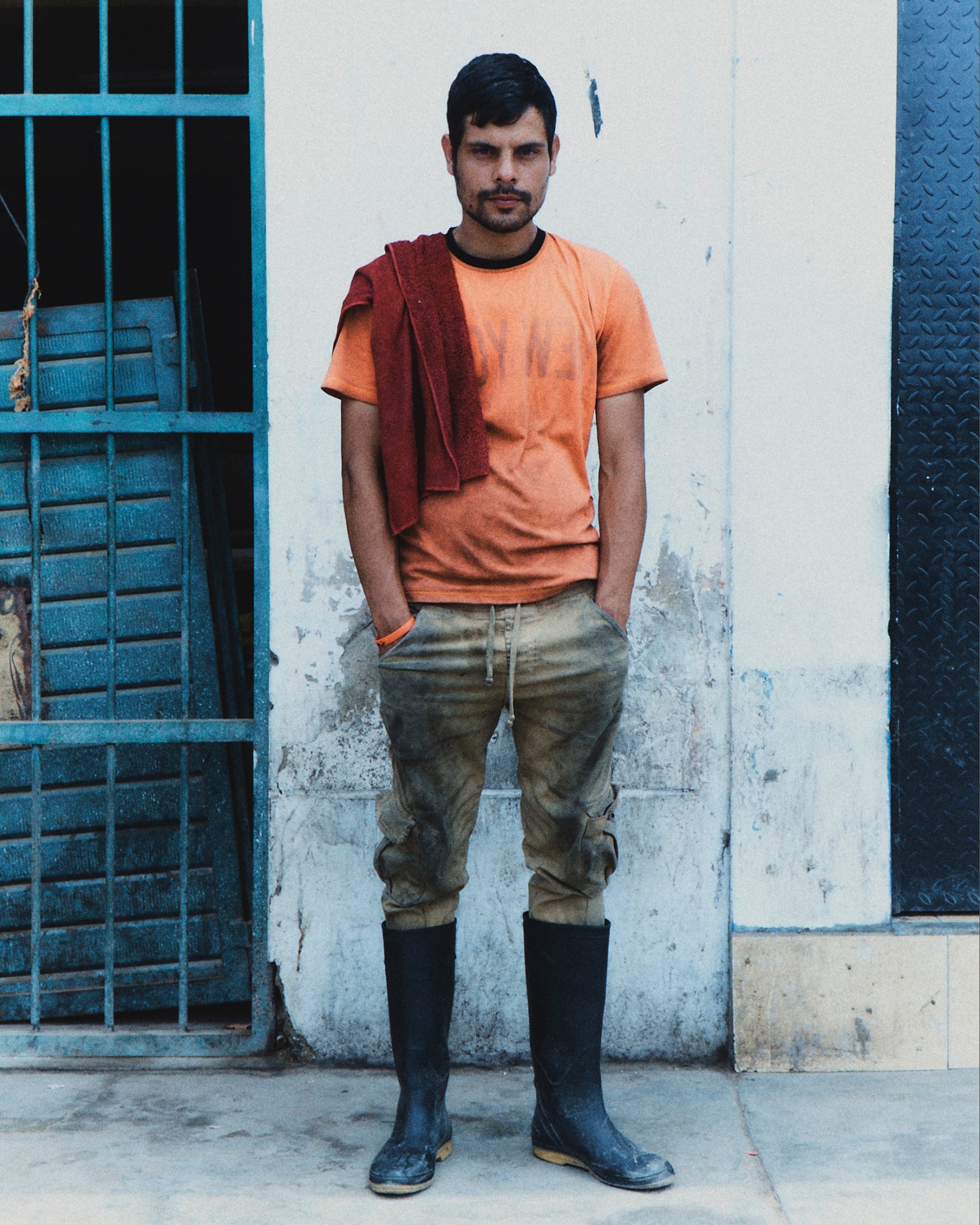
In the press release, you talk about your own perspective as an immigrant to New York. It’s a markedly different experience, from what these Venezuelan men endured coming to work at this carwash after a tumultuous migration, a story that has come to mark a large amount of Venezuelan migrations in recent years. What would you say your perspective as an immigrant added as you undertook this series? Did you glean any particular insights into the Venezuelan migratory situation shooting Dear Lima?
My perspective as an immigrant is what led me to document and photograph these young men. Unfortunately, a big part of South America hasn’t been welcoming to Venezuelans who migrated since the crisis began. Every time I’d visit or speak with someone in a different South American country, they would complain about the “immigrant issue” and would proceed to generalise and place Venezuelans in a bad light. Hearing this bothered me, as they were generally folks who have never left their home country, especially not in search of a better future. For a second, I would feel like the 12-year-old who left Peru to be with his mom in New York, and who had to hear negative connotations toward Latin immigrants, and immigrants in general. I believe understanding the meaning of “leaving it all behind” is what allowed me to connect and pushed me to shed a positive light on these brave individuals.
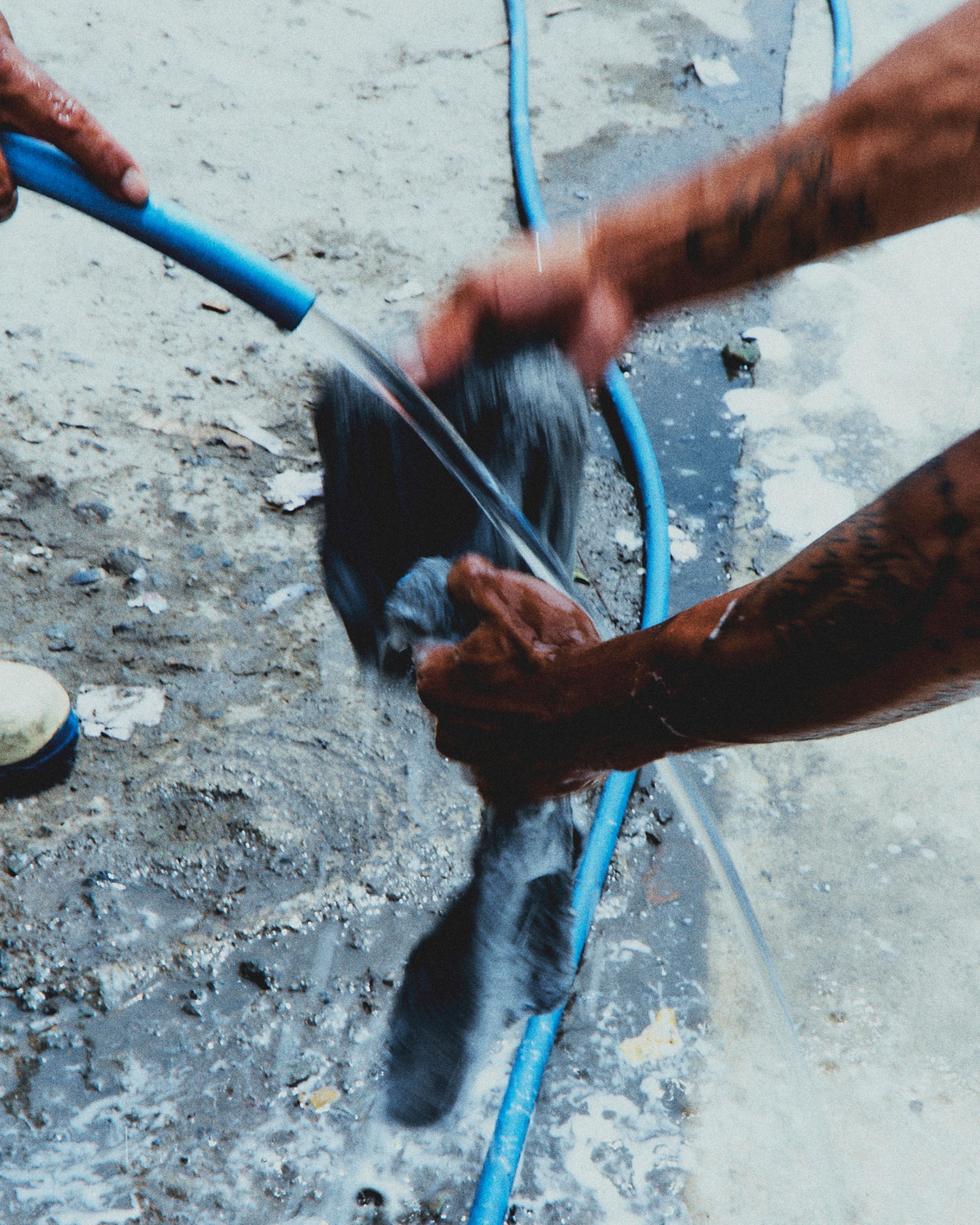
Can you tell me something about each of the seven men photographed in your series? How did they end up in Lima, and at this carwash?
Alexander Zambrano (29) has been in Peru for five years. He first moved to the north of the country, but wanted to make a better living and decided to try Lima out.
Oscar Nieto (23) had been in Lima for only four months. He was previously in Colombia, but wanted more for his family, as he has a three-year-old daughter. During our talk, he confessed he was stressed as his baby was very ill. He needed to make sure December was a good month in order to provide for her and cover medical expenses.
Antonio Quintero (24) has been in Lima 3.5 years, moving there right before the pandemic. He lost his sister to Covid and was unable to return to Venezuela to say goodbye.
Vilinyer Lameda (22) has been in Lima 2.5 years. Not long before our project, he managed to save up enough to help his younger brother come to Lima so that he may also make a better life for himself.
Jhoan Suarez (25) has been in Lima for five years. He’s been at the carwash for two years; he previously worked as a carretillero in Abancay in the Andes region of Peru, but wished to make a better living.
Vicxon Rosal (29) has been in Peru for six years, 1.5 years in Lima. He was previously in Andahuaylas, but got stuck in Lima during the pandemic. He met his wife here, and they’ve just welcomed their first baby.
Jonathan Sosa (37) was born and raised in Lima. His sister left him in charge of the carwash and he oversees day-to-day activities. He is a warm and caring boss who has provided the opportunity these guys needed during a challenging period in their lives. He mentioned they’re like his brothers, because they spend over 12 hours a day together and share a lot.
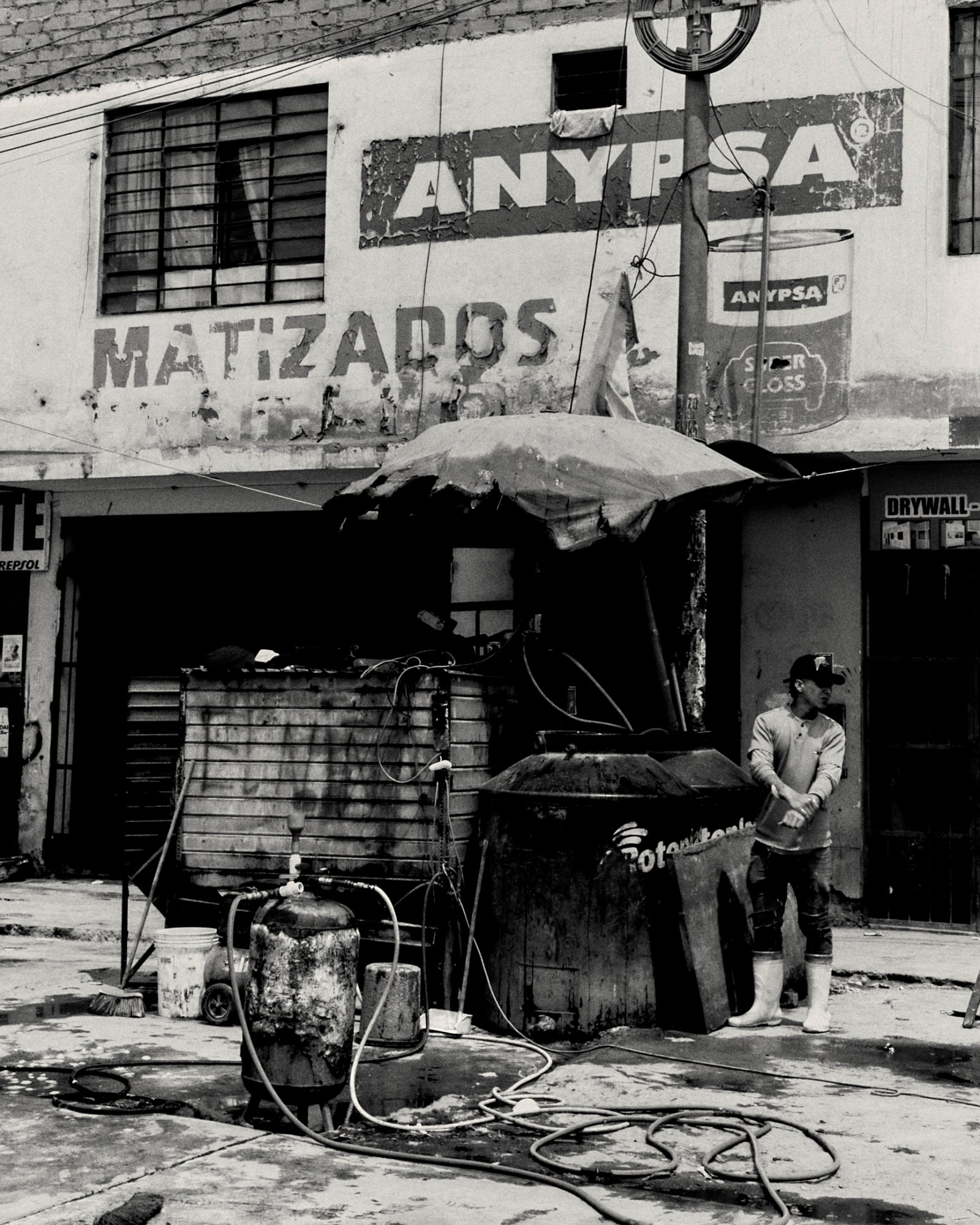
The series is a “graphic exploration of what it means to fight for a better life” — I see that metaphor run through the images, from the stark portraits of these men to the action shots of them washing the cars, of the hoses spraying and the puddles covered in muck and soap. From observing and speaking with these men, what lessons about fighting for a better life have you learned?
These guys are the definition of sacrifice and hope. Sacrifice because they’ve left it all behind not only for their own future, but to provide for their families abroad. And hope because they’re able to see some kind of light at the end of the tunnel, regardless of their limitations — because within their means, they’re able to overlook the negative and seek for optimism.
Is this series a one-off, or do you hope to continue Dear Lima as a wider project? What do you hope this series can convey or shine a light on?
Dear Lima is somewhat of a continuation of a different project I worked on in 2022, which explored a different group of individuals who have endured hardship and opt to see the glass half full. I would love to continue Dear Lima; I hope to convey [these immigrants’] determination and courage as they navigate unfamiliar territories. The goal is to give them a voice, challenge stereotypes and foster empathy among viewers. Ultimately, I want to celebrate the idea of overcoming challenges and highlight the strength and resilience these guys have, as I feel it could inspire others. I hope we can create a place where the experiences of all individuals, regardless of their background, are acknowledged and valued.
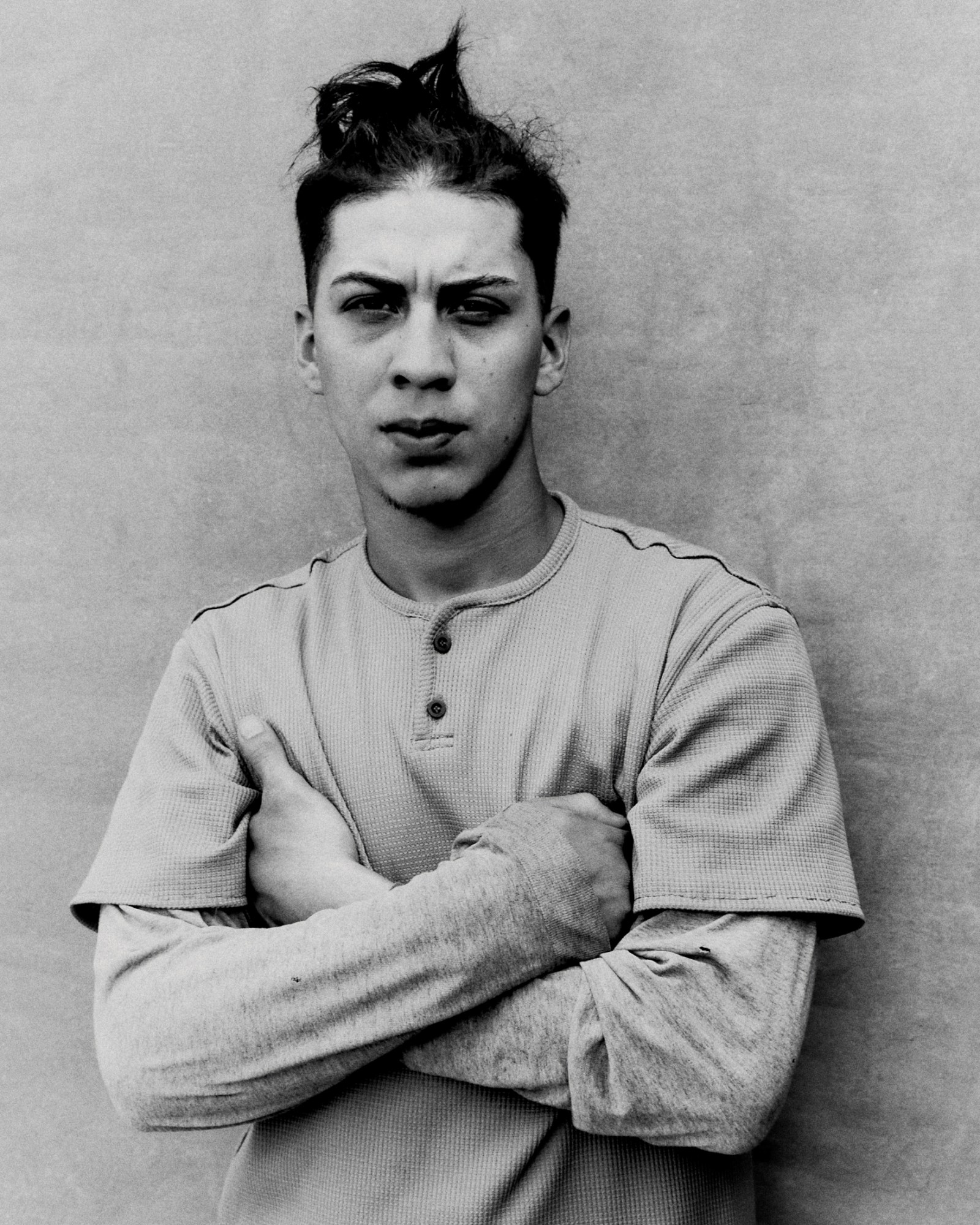

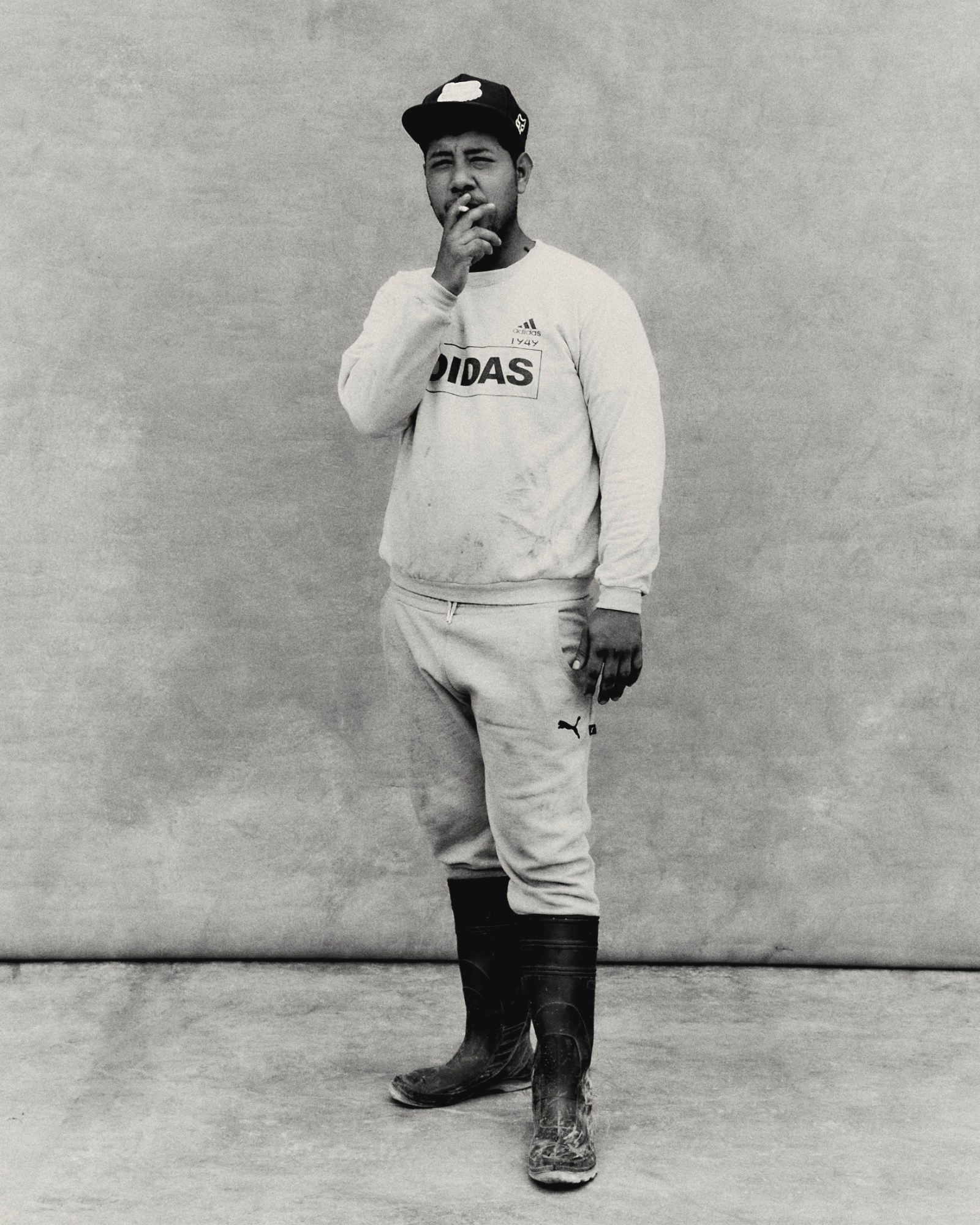


Credits
Photography Diego Bendezu
